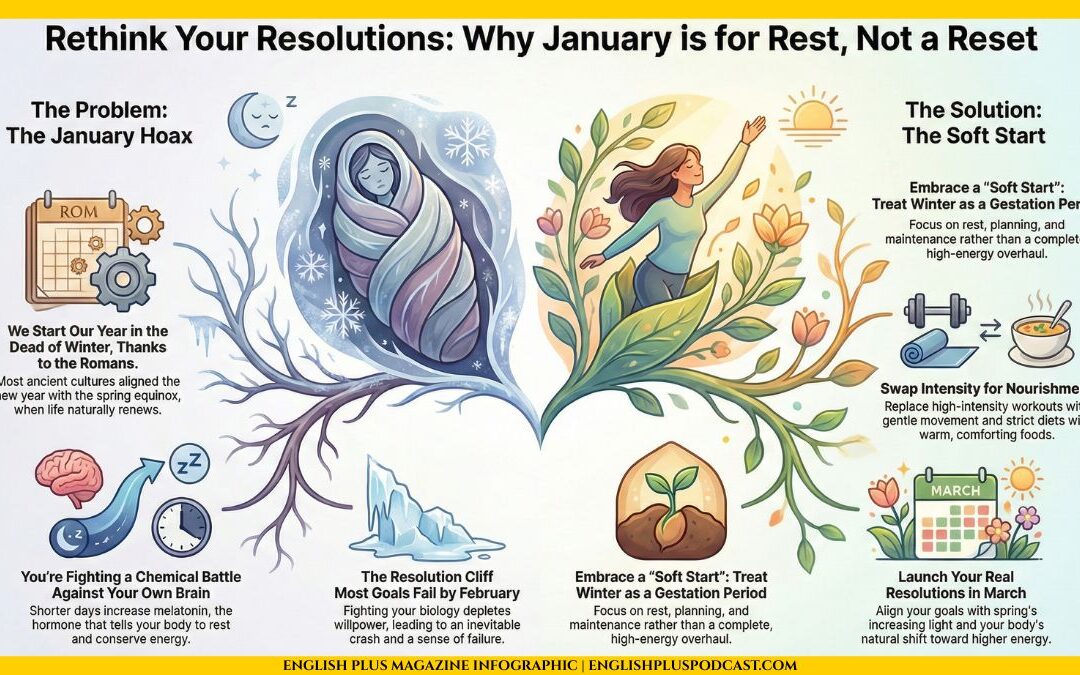Biking Your Way to Fitness: A Journey of Joy and Transformation
Imagine gliding down a scenic path, the wind in your hair, the sun on your face, and a symphony of birdsong filling your ears. It’s not a dream, it’s the exhilarating reality of cycling! And it’s not just about the thrill of the ride; biking is a powerful tool for transforming your health, fitness, and overall well-being.
Think of your body as a finely tuned machine. Cycling is the perfect way to keep that machine running smoothly. It’s a low-impact exercise that’s gentle on your joints while providing a full-body workout. From strengthening your heart and lungs to toning your muscles and boosting your mood, biking is a true all-rounder.
But it’s not just about physical fitness. Cycling is also a mental escape, a chance to de-stress, clear your mind, and connect with nature. It’s a form of meditation in motion, where the rhythmic pedaling and changing scenery create a sense of calm and well-being.
Pedaling Towards a Healthier You
Cycling isn’t just about fun and games; it’s a prescription for a healthier life. Here’s how it can benefit you:
- Heart Health: Regular cycling strengthens your cardiovascular system, reducing the risk of heart disease, stroke, and high blood pressure.
- Weight Management: It’s an excellent way to burn calories and shed those extra pounds, contributing to a healthy weight and body composition.
- Muscle Power: Cycling engages major muscle groups like your legs, glutes, and core, helping you build strength and endurance.
- Joint Health: The low-impact nature of cycling makes it an ideal exercise for people with joint problems or injuries.
- Mental Well-being: Cycling has been shown to reduce stress, anxiety, and depression, boosting your mood and overall mental health.
Gearing Up for Success
Ready to hop on the saddle? Here are a few tips to get you started:
- Choose the Right Bike: Consider your riding style and goals. Whether it’s a road bike for speed, a mountain bike for off-road adventures, or a comfortable hybrid for leisurely rides, the right bike makes all the difference.
- Start Slow and Steady: Don’t overexert yourself initially. Begin with shorter rides and gradually increase the distance and intensity as your fitness improves.
- Find Your Route: Explore scenic trails, bike paths, or quiet roads in your area. Discover the hidden gems and create your own cycling adventures.
- Safety First: Always wear a helmet and follow traffic rules. Consider joining a cycling group for added safety and camaraderie.
- Make It Fun: Invite friends or family to join you, listen to music or podcasts while you ride, or track your progress with a fitness app. The more enjoyable it is, the more likely you’ll stick with it.
Your Invitation to Ride
Cycling isn’t just an exercise; it’s a lifestyle. It’s a way to connect with your body, mind, and the world around you. So, dust off that bike (or invest in a new one!), pump up those tires, and get ready to experience the joy and transformation that cycling can bring.
Your Call to Action:
Don’t wait for the “perfect” time to start. Every pedal stroke is a step towards a healthier, happier you. Embrace the power of two wheels and embark on your own cycling adventure today!
Why Should You Care?
Understanding social entrepreneurship is important because:
- Empowering Change: It shows you how individuals and businesses can be powerful forces for positive change in the world. You might be inspired to start your own venture or support existing ones.
- Informed Consumer Choices: By learning about social enterprises, you can make conscious decisions about where you spend your money, supporting businesses that align with your values.
- Career Opportunities: Social entrepreneurship is a growing field with diverse career paths, offering opportunities to combine your passion for social change with your business skills.
- Investment Potential: Impact investing is a growing trend, allowing you to invest your money in ventures that generate both financial returns and positive social or environmental impact.
- Community Development: Social enterprises often focus on local solutions, creating jobs and economic opportunities in underserved communities.
Key Takeaways
- Beyond Profit: Social entrepreneurship is about more than just making money. It’s about using business to solve social and environmental problems.
- Innovation for Good: Social entrepreneurs use creative and innovative approaches to address complex challenges, often leading to more effective and sustainable solutions.
- Making a Difference: You can make a difference through your consumer choices, investments, volunteering, or even starting your own social enterprise.
- Global Movement: Social entrepreneurship is a global movement with the potential to transform our world for the better.
Keywords & Definitions
- Social Entrepreneurship: The use of entrepreneurial principles and business practices to create ventures that address social or environmental issues.
- Social Impact: The positive effect a business or organization has on society or the environment. It can be measured through various metrics like improved health outcomes, increased access to education, or reduced carbon emissions.
- Sustainable Business: A business model that focuses on long-term viability by considering environmental, social, and economic factors in decision-making.
- Impact Investing: Investing in companies, organizations, and funds with the intention of generating social or environmental impact alongside financial return.
- Changemakers: Individuals or organizations who are actively working to create positive social or environmental change. They are often driven by a passion for solving problems and making a difference.
- Microcredit: The lending of small amounts of money to individuals or groups who lack access to traditional banking services. It’s a powerful tool for poverty alleviation and economic empowerment.
- One for One Model: A business model where for every product purchased, a similar product or service is donated to someone in need. This model is often used to provide essential goods or services to disadvantaged communities.
- Marginalized Communities: Groups of people who are excluded from mainstream society due to factors like poverty, discrimination, or disability. Social enterprises often focus on empowering these communities.
- Social Innovation: The development and implementation of new ideas, products, or services that address social needs and challenges. It’s about finding creative solutions to complex problems.
- Social Enterprise: An organization that applies commercial strategies to maximize improvements in human and environmental well-being. It operates with a double or triple bottom line, considering social and environmental impact alongside financial performance.
Frequently Asked Questions
- What are the different types of social enterprises? Social enterprises can be for-profit or non-profit. They can operate in various sectors, such as education, healthcare, environmental conservation, and social justice. Some common models include:
- Benefit Corporations (B Corps): For-profit companies certified for meeting high standards of social and environmental performance.
- Community Development Financial Institutions (CDFIs): Non-profit organizations that provide financial services to low-income communities and underserved populations.
- Social Cooperatives: Businesses owned and controlled by their members, who share a common social or environmental goal.
- How can I identify legitimate social enterprises? Look for certifications like B Corp, Fair Trade, or membership in organizations like the Social Enterprise Alliance. Research the company’s mission, impact metrics, and track record to ensure they are truly committed to social change.
- What are the challenges faced by social entrepreneurs? Social entrepreneurs often face challenges in securing funding, scaling their impact, balancing financial sustainability with social mission, and navigating complex regulatory environments.
Myth Buster
- Myth: Social entrepreneurship is just a trend or a niche market.
- Reality: Social entrepreneurship is a growing global movement with a significant impact on addressing pressing social and environmental challenges. It’s a viable and sustainable business model that is gaining recognition and support from investors, consumers, and policymakers.
Let’s Talk
- What are some innovative social enterprise models that you’ve come across?
- How can we encourage more collaboration between social enterprises, governments, and traditional businesses to tackle global challenges?
- In your opinion, what are the most promising areas for social entrepreneurship in the future?
Share your thoughts and join the conversation in the comments! Let’s explore the power of social entrepreneurship to create a more just, equitable, and sustainable world.










0 Comments